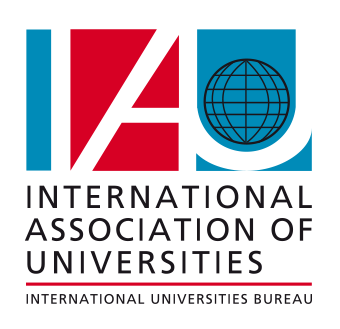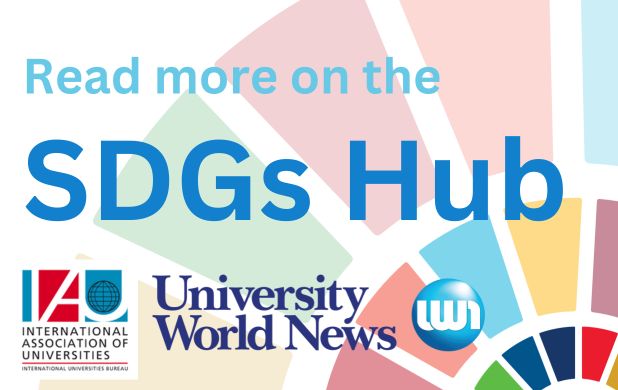UNESCO IESALC Report on Women in higher education: has the female advantage put an end to gender inequalities?
UNESCO IESALC has officially launched a comparative report on the female advantage in higher education and the persistence of gender-based inequalities. According to the document, all the regions of the world have seen an increase in female enrolment in tertiary education, which tripled globally between 1995 and 2018 at a higher rate than male enrolment, showing overrepresentation in 74% of countries with data, except for Central and Southern Asia, where there is parity, and sub-Saharan Africa, where men are overrepresented, with 73 female students enrolled for every 100 males.
Nevertheless, there are limits within the female advantage: there are wage gaps and women are underrepresented in STEM careers, with less than 25% of female participation in 2/3 of countries. Also, Ph.D. female enrolment has 44% against 53% of presence in bachelor and master’s degree enrolment. Other data reflects underrepresentation in research performance and in tertiary teaching, as well as in senior management positions. “The report highlights that, regardless of the encouraging statistics on women’s access to higher education, there are obstacles when seeking to occupy key academic positions at universities, participate in relevant research and assume leadership roles”, said Daniele Vieira, research coordinator and policy analyst at UNESCO IESALC.
More information about the report.


